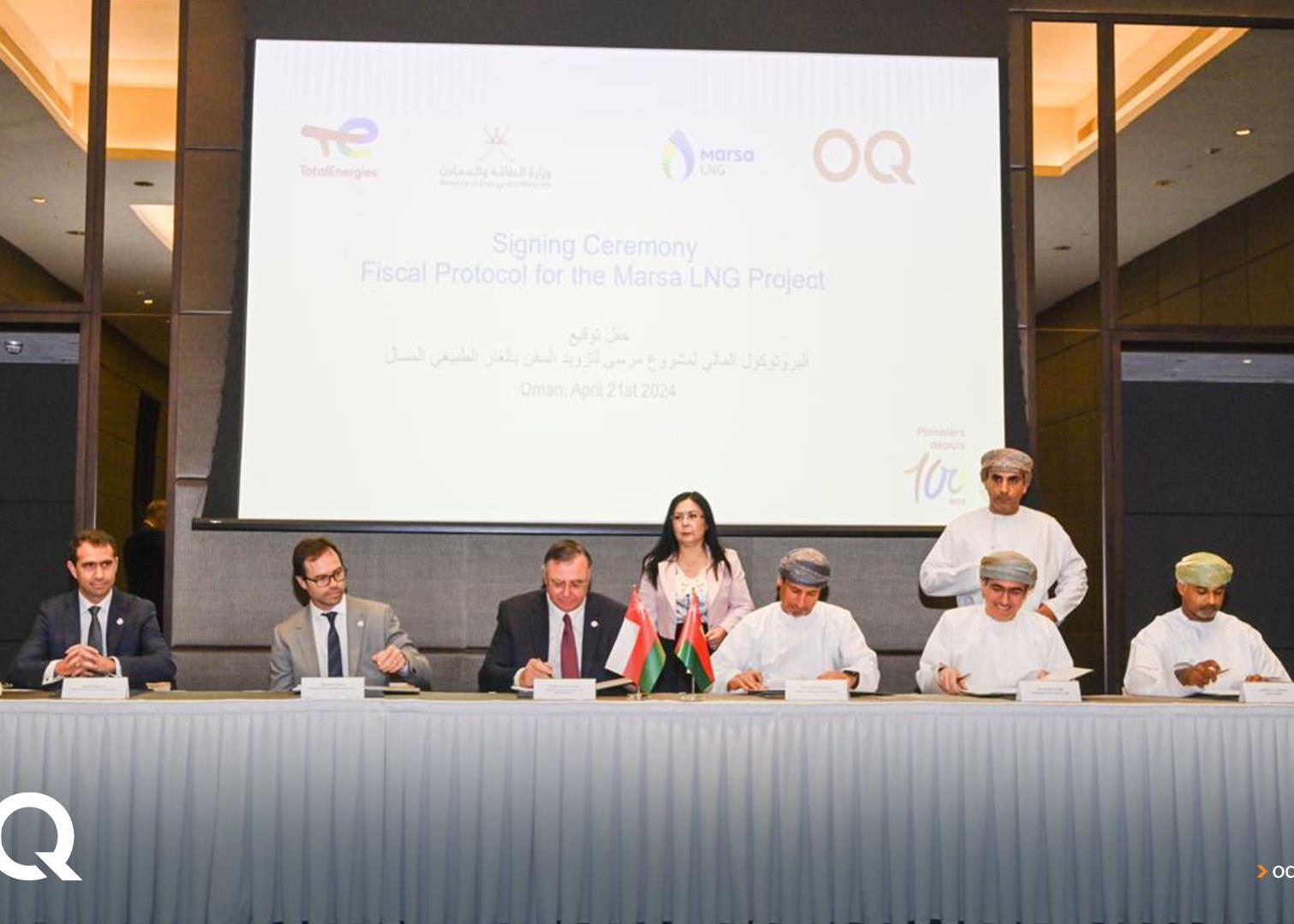

The fatal train accident that occurred in August last year in Korshid, Egypt is a stark reminder that the country has to adopt a more decisive stance in terms of modernising its railway infrastructure.
Egypt is not short on plans in terms of electrifying segments of its railway tracks, acquiring new locomotives, linking key ports through rail, as well as in building new monorail systems to support both old and new urban centres.
The boldest of these plans so far include building a 534km high-speed rail to link Ain Sokhna on the Red Sea coast and the new Alamein City on the Mediterranean coast. The only rail scheme comparable to this plan is Saudi Arabia’s Haramain High-Speed Rail, which cost more than $10bn to build.
However, Egypt has been short in terms not only of state funding but of political will as well, if the planned 35km monorail system that will link Giza city with 6th October City is anything to go by.The scheme has undergone multiple stages of planning, design and negotiations over the past three years, with a consortium led by Canada’s Bombardier being the main potential contractor that has been involved since the project was formally announced in 2015.
The latest development on the scheme - along with those of another monorail system that will extend 52km from Nasr District in Cairo to the New Cairo Capital and the Ain Sokhna-Alamein high-speed rail - involves inviting firms to prequalify for the project, which will open the way for the issuance of a public tender for these three schemes.
In the prequalification request, Egypt’s Housing, Utilities & Urban Communities and Transport ministries specified that they intend to adopt a hybrid engineering, procurement and construction and private financing (EPC plus finance) model.
In addition to broadening the number of potential bidders, an eventual public tender will offer a clearer and hopefully more transparent route for developers going forward.
An EPC plus finance option, whereby the Egyptian government expects to obtain loans from international banks at a more favourable rate compared to a full blown public-private partnership (PPP), could also be the most feasible option at this time for similarly-sized infrastructure projects in Egypt to take off given the state’s current fiscal status.
You might also like...

Contractors win Oman Etihad Rail packages
23 April 2024

Saudi market returns to growth
23 April 2024

Middle East contract awards: March 2024
23 April 2024

Swiss developer appoints Helvetia residences contractor
23 April 2024
A MEED Subscription...
Subscribe or upgrade your current MEED.com package to support your strategic planning with the MENA region’s best source of business information. Proceed to our online shop below to find out more about the features in each package.






